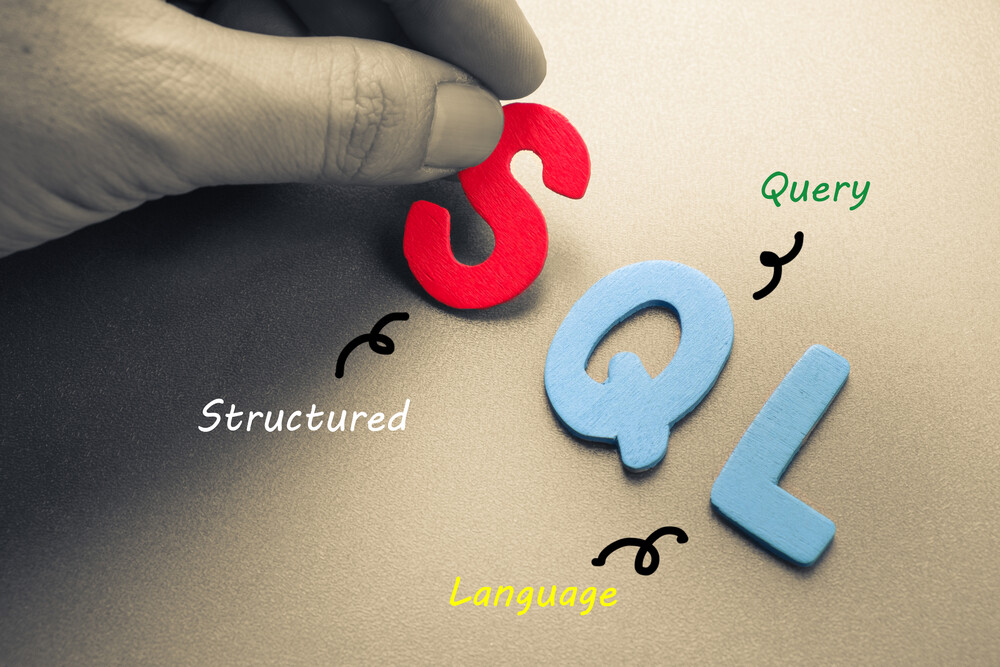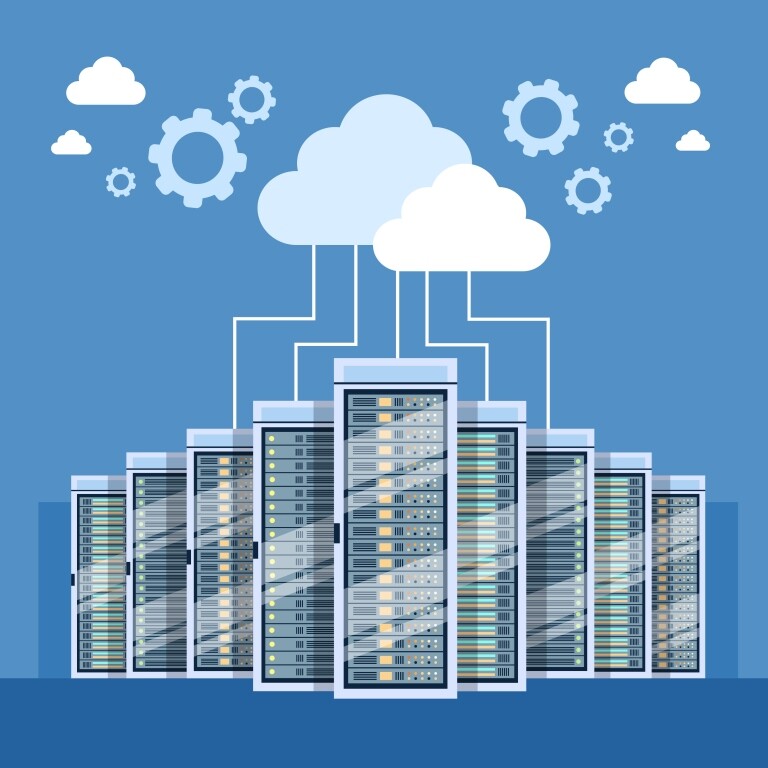Data virtualization provides enterprises with numerous benefits. From greater data security and integrity to enhanced collaboration with internal and external partners, the proper application of data virtualization can turn a struggling enterprise into a profitable and successful one.
In practice, data virtualization takes on many different forms. While some are more useful than others, they are all equally confusing to those who aren’t familiar with their options.
1. Data Blending

Most modern business intelligence packages include some form of data blending. At its simplest, data blending describes the process of combining information from two or more sources into a constant stream of useful data.
But it’s important to understand the differences between processes like data blending and data integration. It’s common to hear people use the terms synonymously, especially in SQL query programming, but they describe different processes. Traditional data integration — also known as extract, transform and load processes — is a very standardized approach. Data blending is a process that offers greater flexibility and customizability on behalf of modern data analysts.
The typical data blending process is comparatively fast and efficient when compared to other forms of virtualization and data collection. Complications arise when many different data sources come into play, but next-generation software makes the job easier. Some of the most popular utilities for data blending include the following.
- Tableau: Headquartered in Seattle, Wash., Tableau Software uses highly interactive, next-gen data visualization techniques to provide informative and actionable business intelligence. Their software is common in large-scale data blending operations.
- Alteryx Designer: Focused on providing a comprehensive solution for today’s data analysts, Alteryx Designer is often used in data blending, data preparation and statistical analysis to uncover new insights and trends ahead of the competition.
- Datawatch Monarch: Monarch specializes in data acquisition, preparation, curation and collation — a set of processes collectively called data cleaning. Some of the most prominent names in the business world use Datawatch’s software, including JPMorgan, Xerox, Equifax and many more.
There are plenty of options available for enterprises interested in pursuing data blending in the 21st century.
2. Data Services Module
Data service modules are typically included with data warehousing contracts. As a result, many different modules are available for public consumption. The Bing Spatial Data Services module, for example, makes it easy to upload data for use in cloud-based applications that rely on the Bing Maps service. Users have the option to mark their data sources as public to allow access by anyone with the appropriate key.
3. SQL Functionality

Single query language — or SQL — is a programming language for advanced and highly complicated database structures, but it has a place in data virtualization, too. By virtualizing modern big data technologies, like those seen from Hadoop vendors, they can be combined with SQL files or folders and made available via a standard SQL query.
The example given in the link above demonstrates how to use AngularJS to create a reusable data service module for an API, but data virtualization benefits SQL programming in various ways, including:
- The ability to access nearly any form of data simply and straightforwardly.
- Enabling queries against larger datasets that exist across multiple systems, thereby eliminating the need to relocate them to a single system that may or may not have enough free disk space.
- Direct and seamless access to datasets and data sources that exist on various systems or in different departments of an organization.
- Full integration with cloud computing and most data center environments, including on those on the corporate level.
- Offloading larger computational needs — like extremely large datasets — to external systems that are more powerful. Maintaining a seamless appearance is critical during this process.
SQL is a versatile programming language that offers many benefits to those who use it in their database structures or their data virtualization projects.
4. Cloud Data Services

While local databases remain popular, especially in data virtualization, cloud-based systems are gaining momentum. Although they don’t represent true data virtualization, cloud data services are often featured in software-as-a-service packages to achieve many of the same goals, all within the next-gen cloud. Some of these primary objectives include:
- Providing customers with a broad selection of different analytical services.
- Maintaining compatibility with a variety of cloud platforms.
- Using open-source programming to promote new and consistent development.
- Offering a platform that is both affordable and secure.
Since cloud services weren’t widely available five or 10 years ago, they have the potential to change the entire scope of data virtualization as we know it. Only time will tell the true impact, but industry experts already have high hopes for the cloud and all it offers.
5. Data Virtualization Platforms
Customized data virtualization platforms are also available. The IT team at Cisco recently designed a data virtualization software suite meant to reduce IT costs, bolster information accessibility and strengthen data integrity. With more than 400 databases and approximately 3,000 applications to look after, as well as data storage requirements that exceed 50 petabytes of capacity, it was a monumental upgrade that significantly changed the way they do business.
Overcoming the Confusion and Picking the Right Approach
Many people misinterpret the niche of data virtualization — but it’s not for lack of trying. With so many different forms of data virtualization in use today, as well as notable differences when compared to other strategies like device or drive virtualization, it’s often confusing to novices and experts alike.
Understanding these differences not only makes it easier to pick the approach that’s best for you and your company, but it can also save you a lot of expense and frustration in the end.










